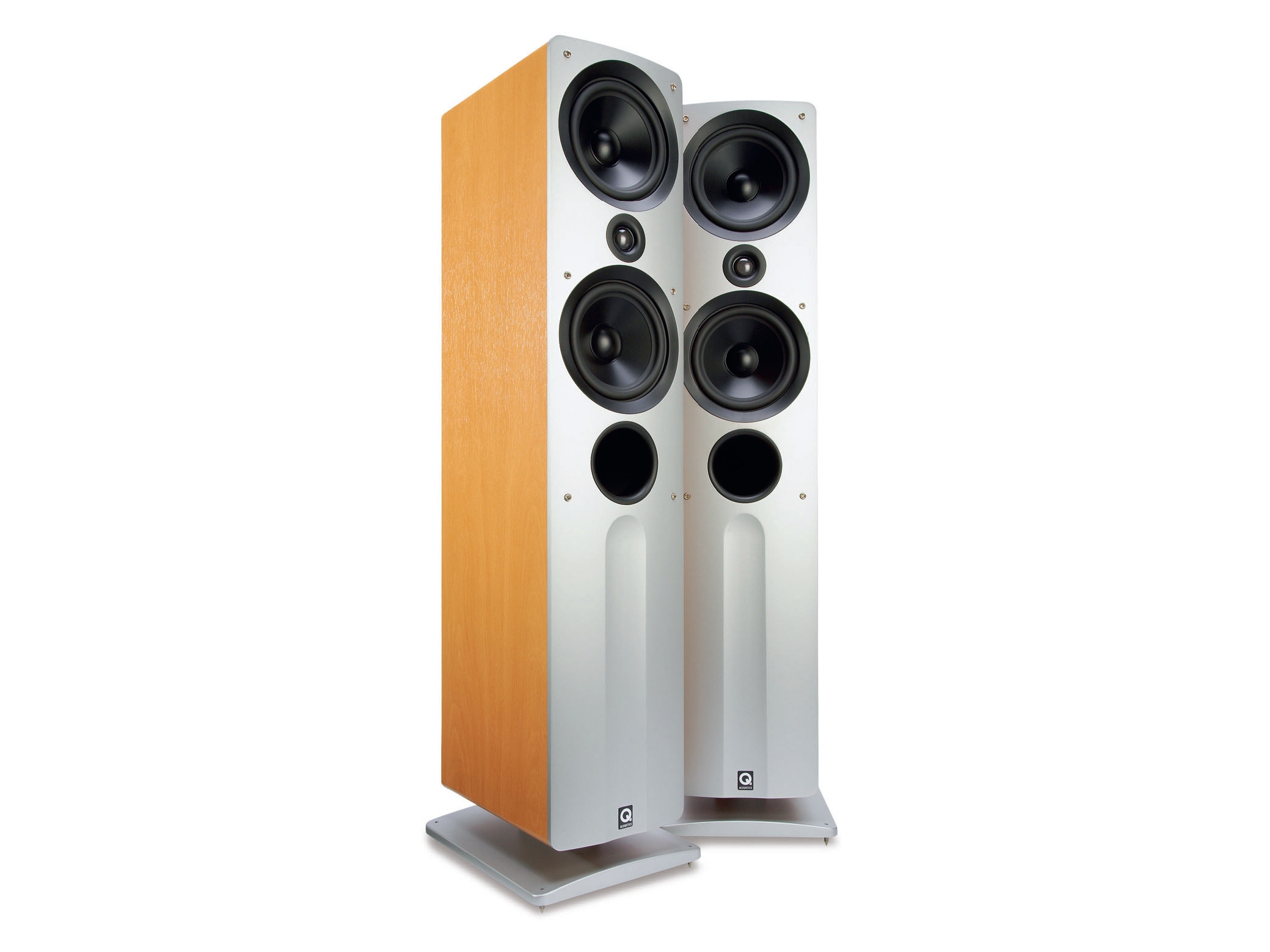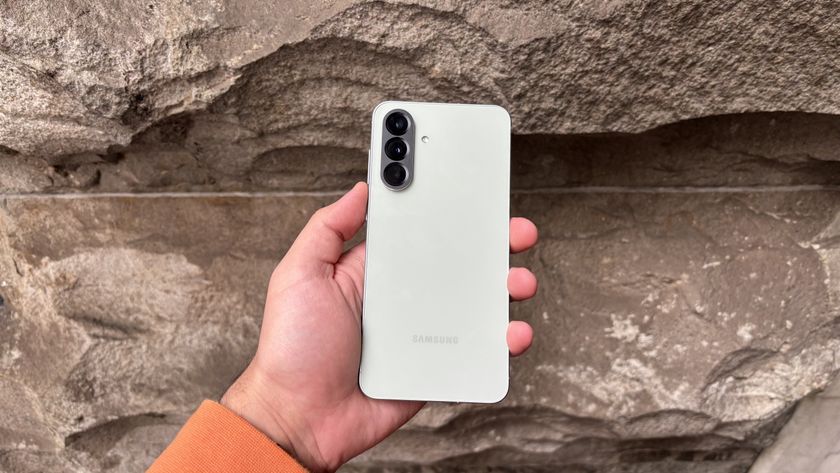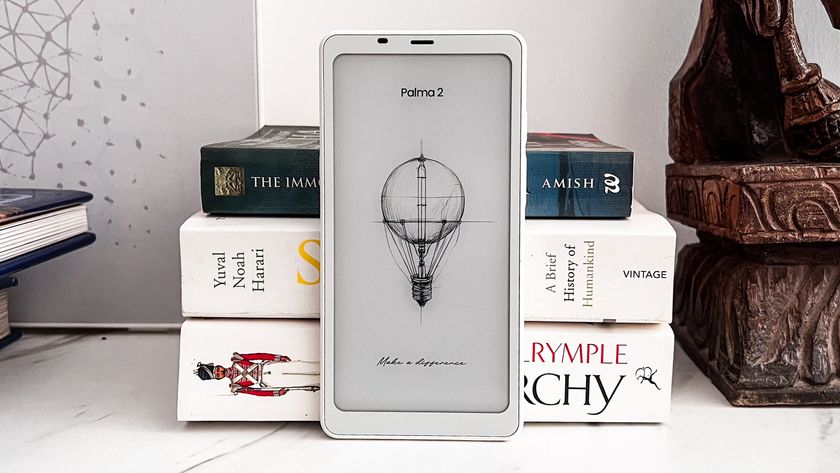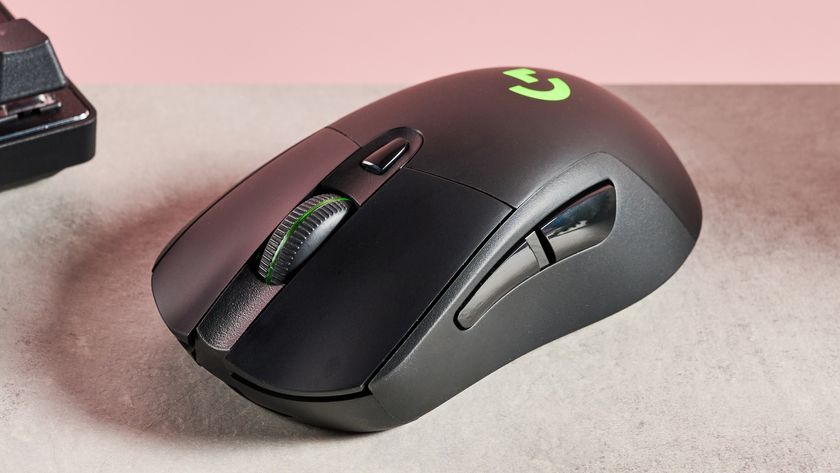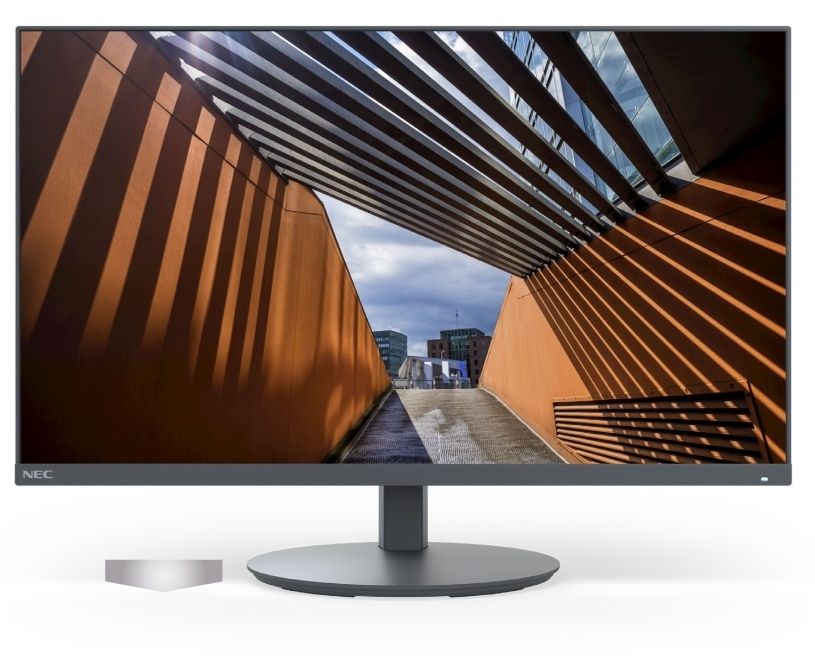TechRadar Verdict
This generous floorstander offers superb value for money, and has fine dynamic expression and tension
Pros
- +
Superb value for money
Fine dynamic expression and tension
Impressive level of 'hear-through' transparency
Cons
- -
Sound not the smoothest
Why you can trust TechRadar
Armour Home Electronics is a relatively recent operation that brings together a number of well known British names - QED, Alphason, Myryad and Goldring, to name just four - into a specialist hi-fi conglomerate that's particularly strong in the budget price accessory sector.
Armour also used to distribute Mission's budget M-series speakers, but that arrangement came to an end when the Mission brand was purchased by IAG in mid-2005. Armour looked at the options and decided the best strategy was to develop its own speaker brand, and a year later it has brought a clutch of brand-new models to the marketplace, under the new Q Acoustics banner.
Since this hefty floorstander is the largest and most costly of four stereo pairs, yet carries a surprisingly modest £330 price tag, this is very much a budget range. It's therefore no surprise to find it's made in China, though all the basic design and engineering work was carried out by Armour personnel, alongside European consultants.
It's also therefore inevitable that the finish is predominately vinyl woodprint. That said, the silver-painted front panel is both thick and sculpted. The whole thing feels very solid, as confirmed by its 18kg total weight.
However, the most impressive feature, again in a price context, is the alloy plinth that lifts the speaker a few centimetres off the floor, extends the stability footprint and generally tidies up the appearance. It incorporates top-adjustable spikes, but there is no lock-nut provision.
This is a two-way design, based around twin 165mm bass/mid drivers mounted above and below a solitary tweeter. It's an arrangement that combines muscle with simplicity, and has an impressive pedigree - in last month's high-end The Collection edition, the thoroughly impressive £40,000 Audio Acoustics Sapphire Ti-C SE adopted just such a configuration.
The two main drivers both have 115mm doped paper cones and are loaded by a fat front port. Twin zig-zag terminal pairs are integrated with a cable-tidy, and a fabric-covered perforated metal grille is supplied.
Sound quality
Okay, it's not perfect, but this good-looking floorstander is capable of batting way beyond its humble price point, sonically speaking, and indeed can hold its head high among models costing twice as much. Expectations for such affordable floorstanders have never been high - all too often the sonic cracks that result from engineering cost constraints are clearly audible. But that is less obviously the case here.
Rather the 1050 turns out to be a genuine star performer, delivering an essentially well balanced sound with decent transparency and much more than its fair share of dynamic grip and expression.
When taken alongside good bass alignment and extension, generous sensitivity and headroom, and well controlled enclosure coloration, the net result is an exceptionally communicative loudspeaker that makes all kinds of music sound thoroughly involving and entertaining.
Yes, it could be smoother and tidier. The sound it generates does verge on the unruly, and this is not a speaker that hides any deficiencies in the software or the sources, and it doesn't deliver the most spacious imaging.
But it does combine decent dynamic grip and expression with a measure of transparency and overall coherence that makes even difficult material impressively believable - applause, for example, which is a stern test for any speaker, sounds very convincing. The bottom line is that the 1050 brings real musical tension to the proceedings, and so ensures that listener involvement remains high.
LAB REPORT:
The 1050 has a notably generous sensitivity - 91dB according to our measurement, which is certainly close enough to the 92dB found in the manufacturer's specification. Furthermore, this impressive figure is in no way compromised by a fundamentally benign load that stays above six ohms almost throughout. However, because the port is tuned to around 43Hz, the lowest, bottom-octave bass is somewhat curtailed.
The far-field in-room averaged frequency balance is far from smooth, but it does hold within very decent /-5dB right across the audio band, from 40Hz up to 15kHz, and the trend therein looks very well judged. There's a slight lack of energy through two octaves in the upper midband and lower treble, between 1kHz and 4kHz, but it only amounts to a couple of decibels, and will therefore only tend to tame any aggressive tendencies, rather than make the speaker sound 'shut in'.
Tech.co.uk was the former name of TechRadar.com. Its staff were at the forefront of the digital publishing revolution, and spearheaded the move to bring consumer technology journalism to its natural home – online. Many of the current TechRadar staff started life a Tech.co.uk staff writer, covering everything from the emerging smartphone market to the evolving market of personal computers. Think of it as the building blocks of the TechRadar you love today.

Why no business is safe from state-sponsored cyber attacks

"The best AI comes from the best data” - why NetSuite thinks AI is changing everything, but its “secret sauce” could be just what your business needs
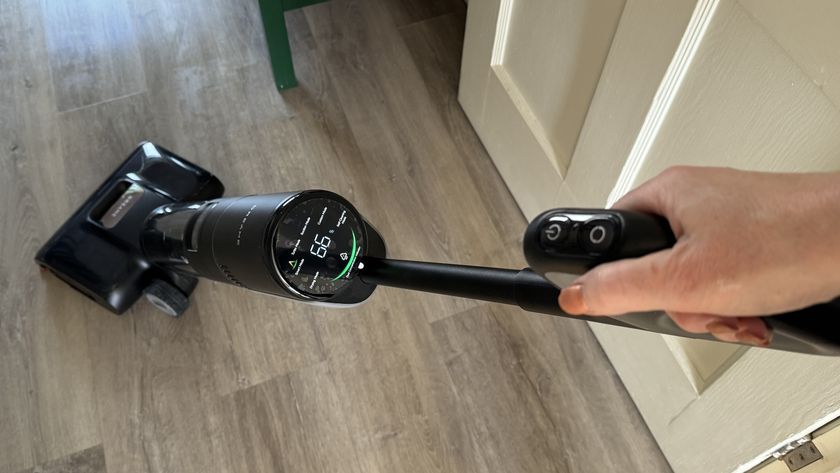
This cutting-edge wet-and-dry vacuum is so good, I'd even forgive it for damaging my wooden floors
